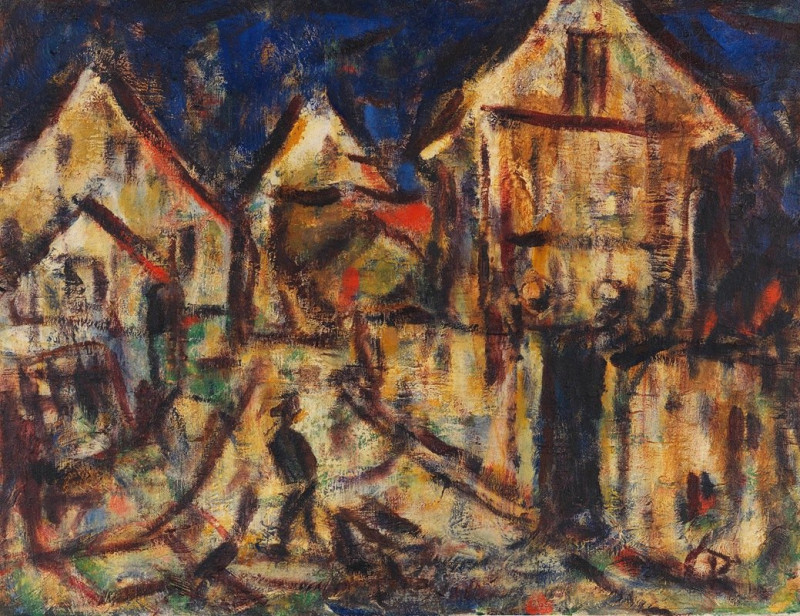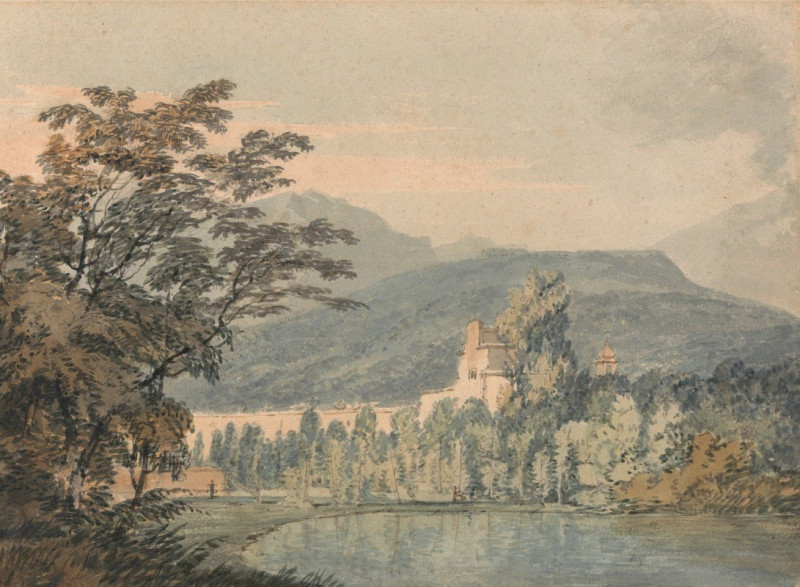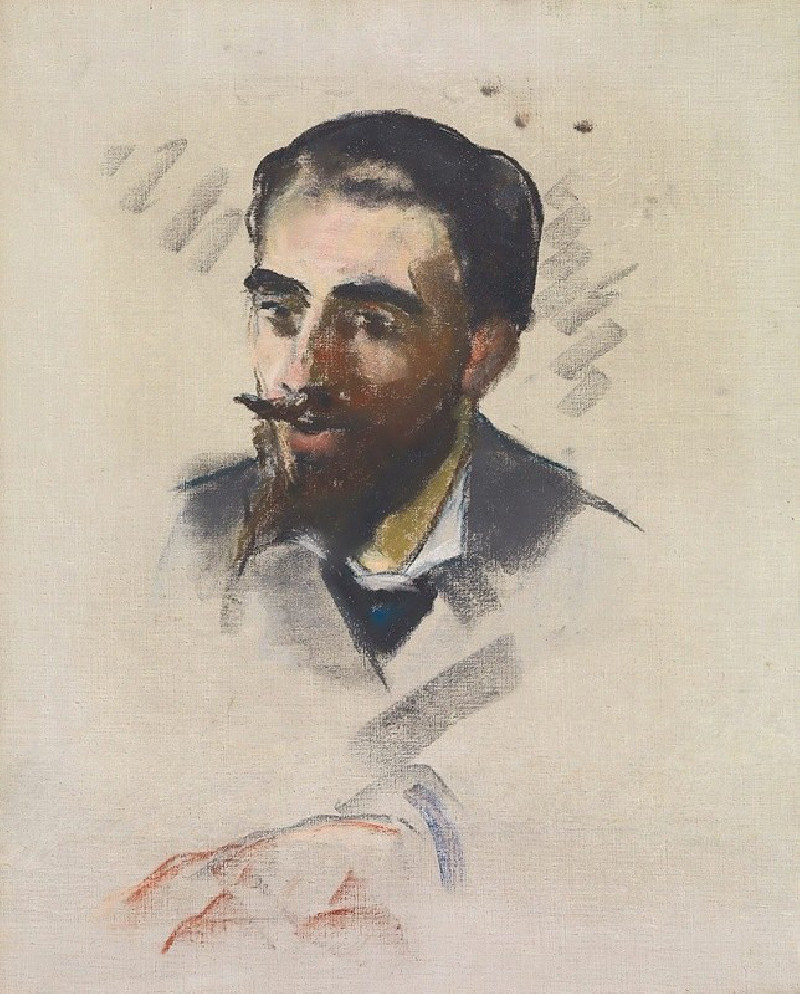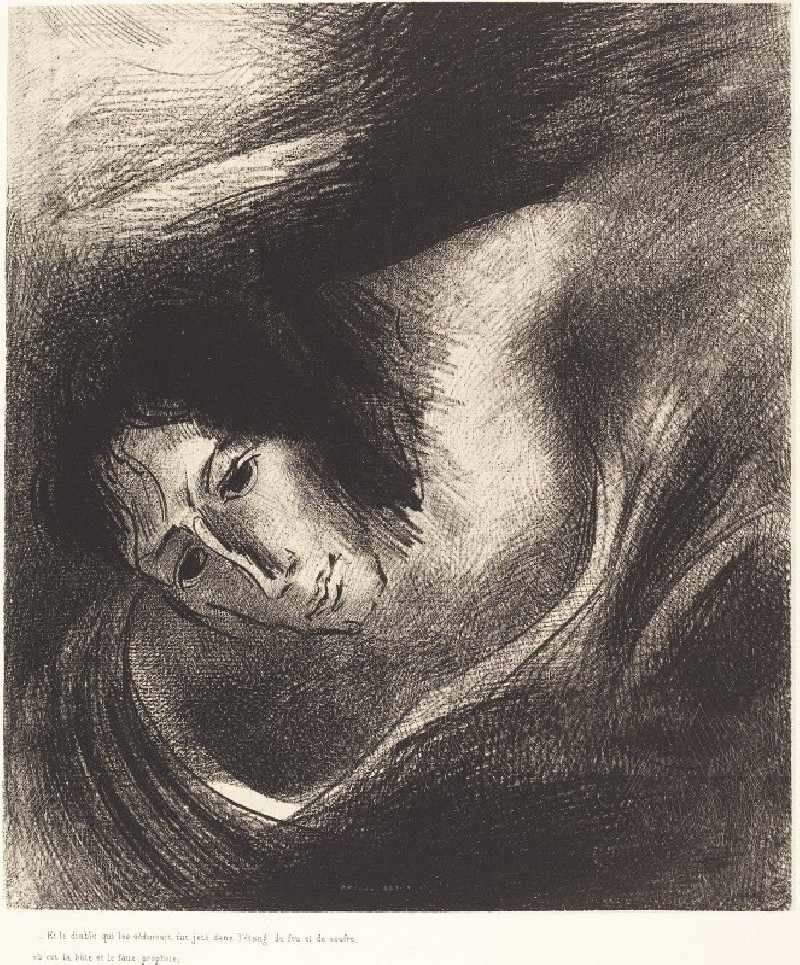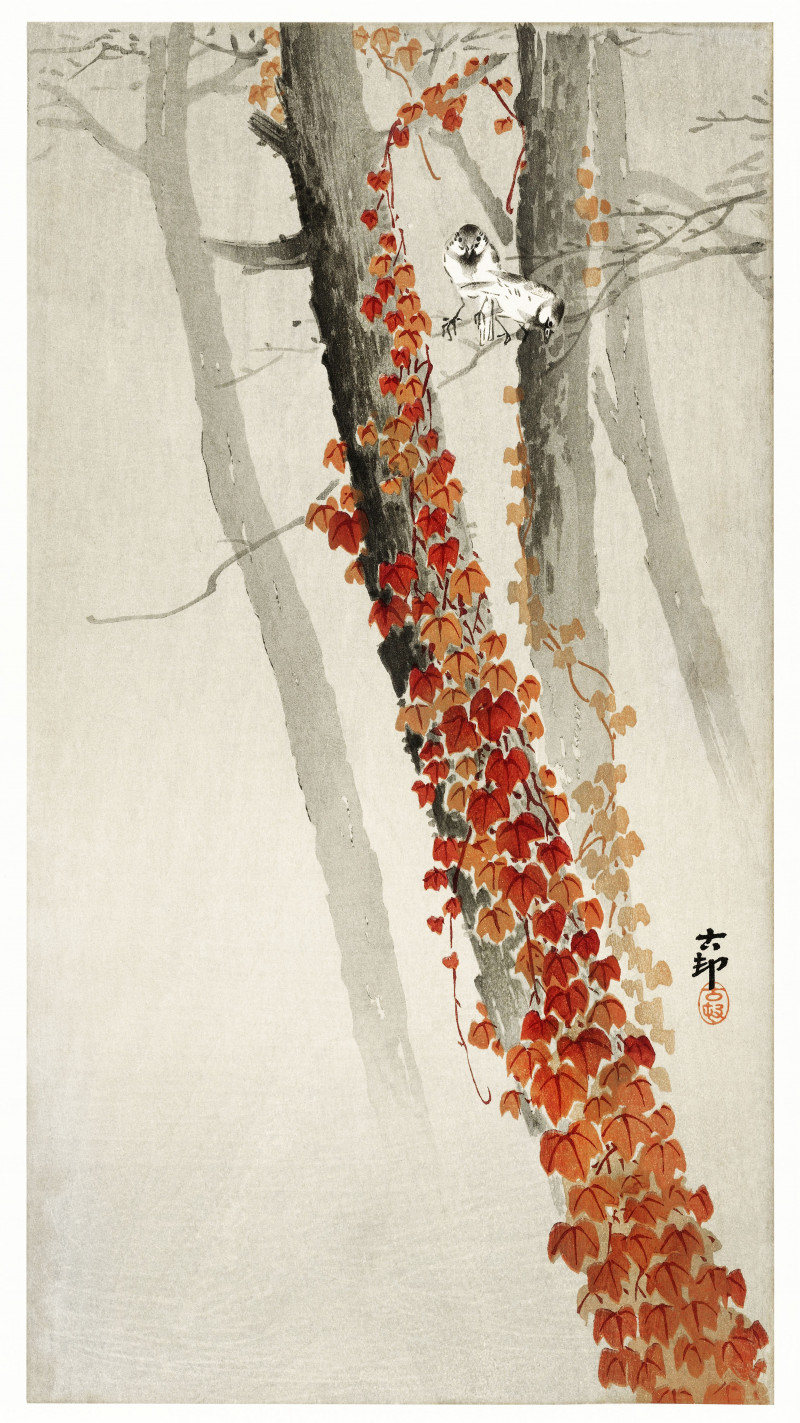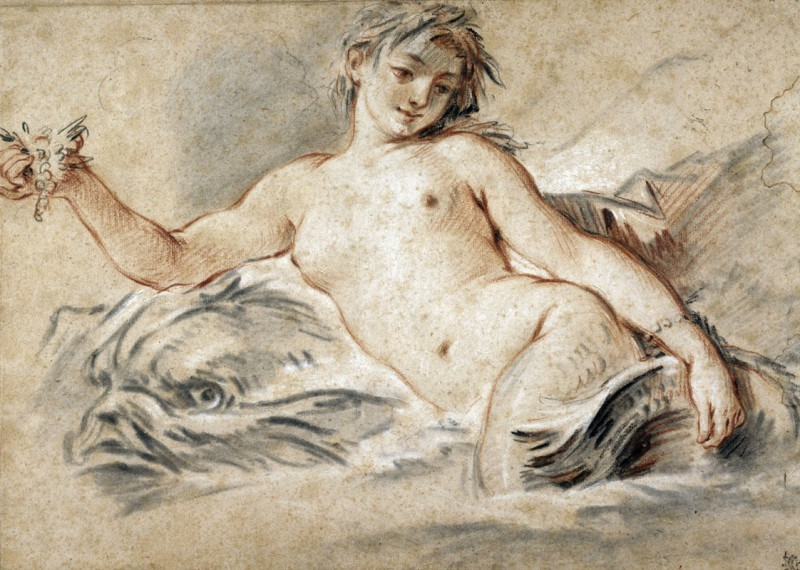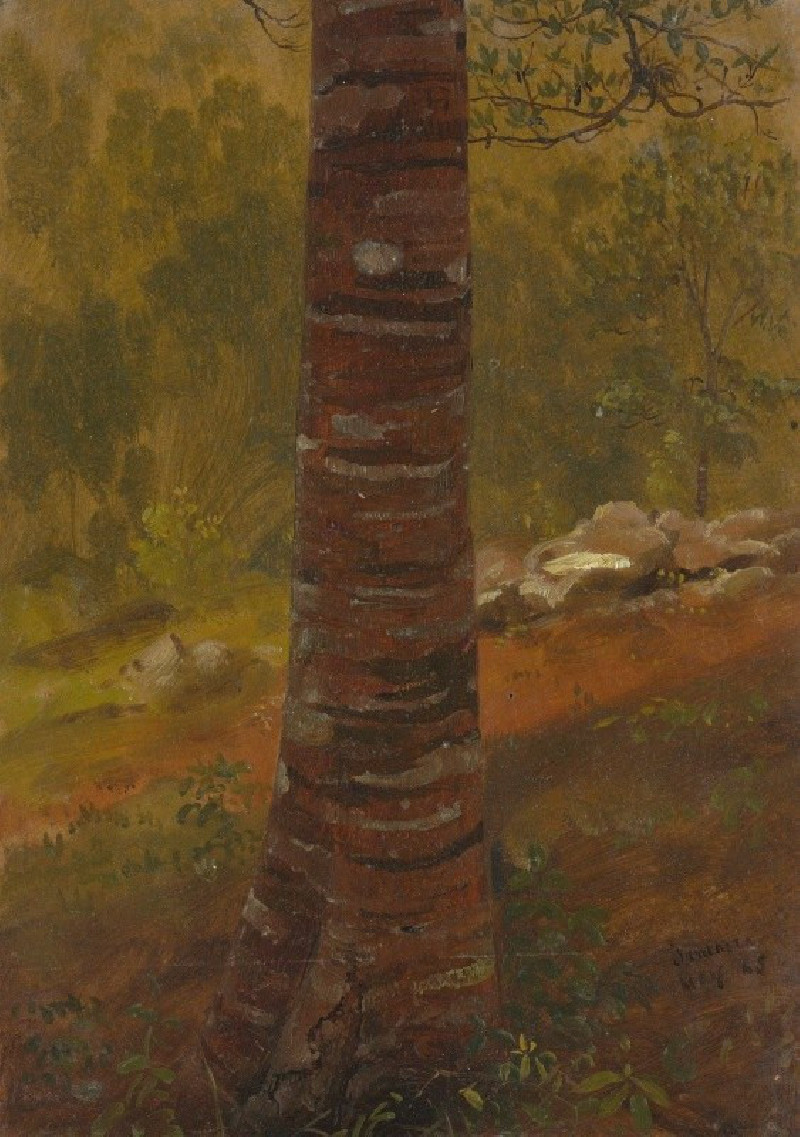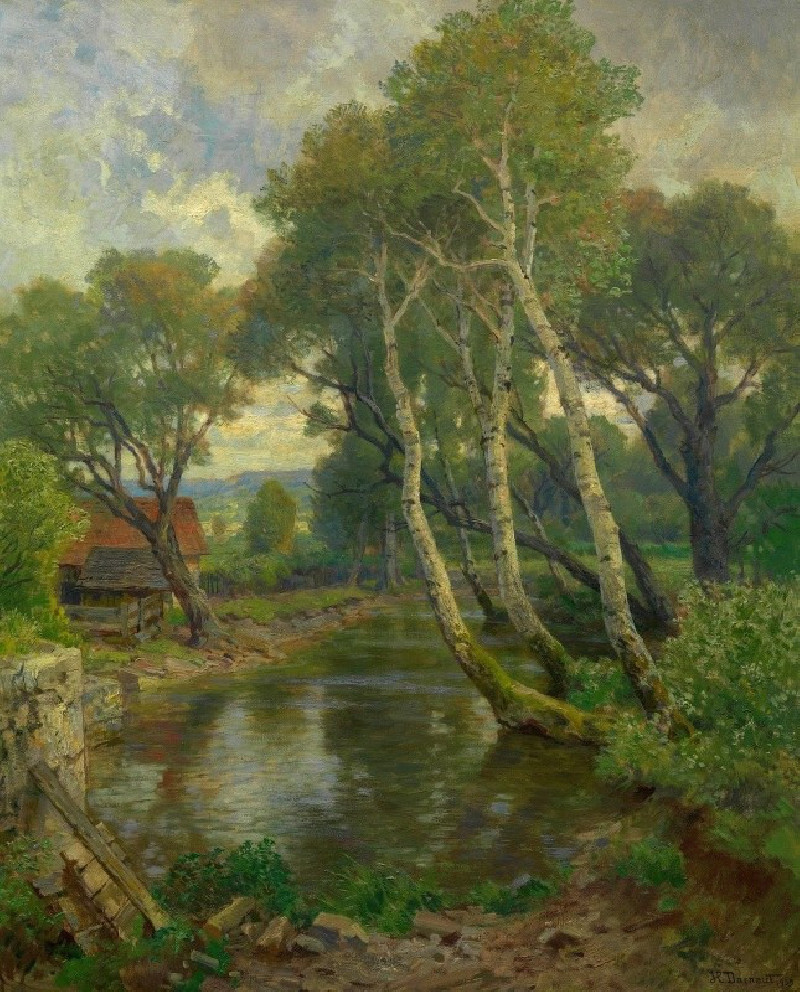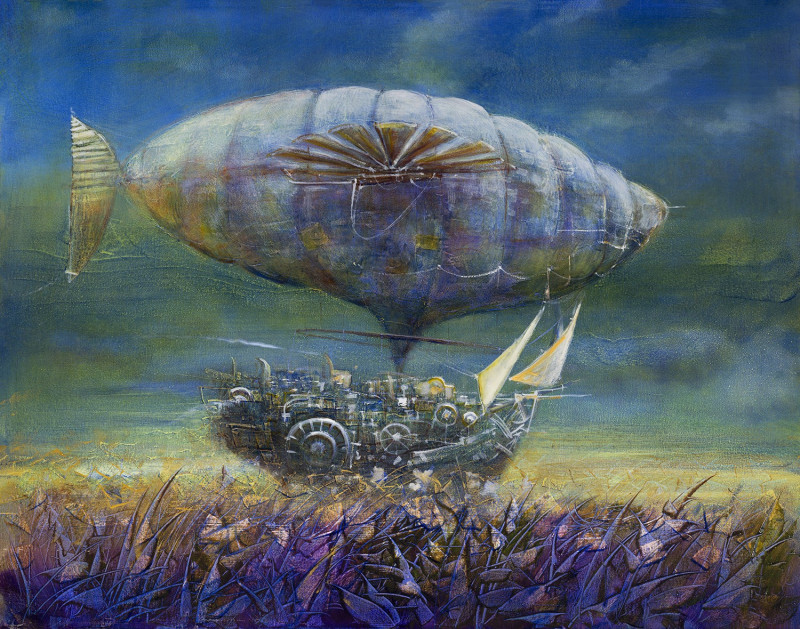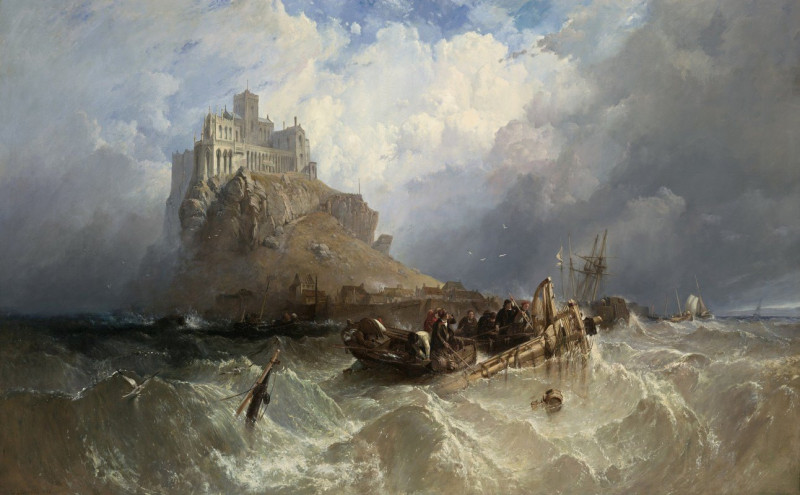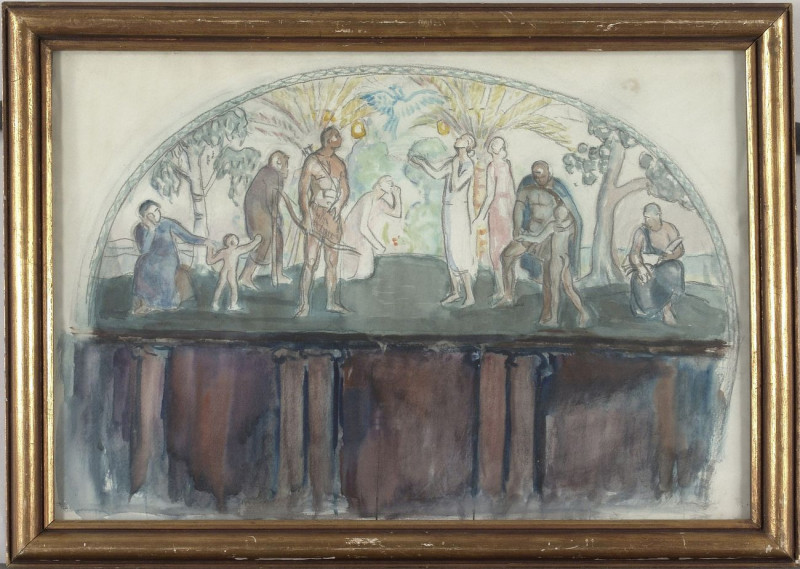Rough-Cut Head (1935)
Technique: Giclée quality print
Recommended by our customers
More about this artwork
In the captivating composition "Rough-Cut Head" from 1935, artist Paul Klee explores geometric abstraction through an intriguing, almost sculptural representation of a human head. Utilizing a subdued palette primarily of greys and blacks, Klee's painting dissects the human form into a series of fragmented geometric shapes. Each angular piece seems meticulously considered to fit within a harmonic whole, yet retains a sense of rough, unfinished texture that aligns with the painting’s title.The clever interplay of light and dark tones gives depth to the otherwise flat shapes, suggesting a multi-dimensional form emerging from the canvas. This stark, minimal approach to the depiction of a head invites viewers to engage with the fundamental elements of form and composition, pushing the boundaries of how figures are conventionally represented in art."Rough-Cut Head" stands out as a quintessential example of Klee's innovative approach to abstract art, demonstrating his unique ability to convey complex ideas through simplified, aesthetic means.
Delivery
Returns
Paul Klee was a Swiss-born German artist. His highly individual style was influenced by movements in art that included expressionism, cubism, and surrealism. Klee was a natural draftsman who experimented with and eventually deeply explored color theory, writing about it extensively; his lectures Writings on Form and Design Theory (Schriften zur Form und Gestaltungslehre), published in English as the Paul Klee Notebooks, are held to be as important for modern art as Leonardo da Vinci's A Treatise on Painting for the Renaissance.


































